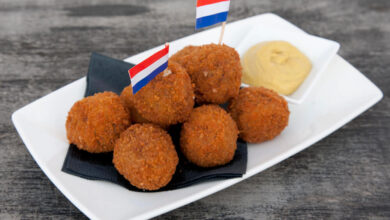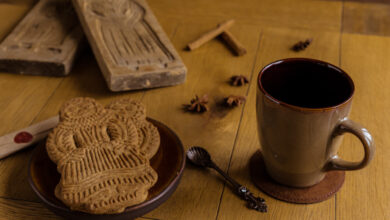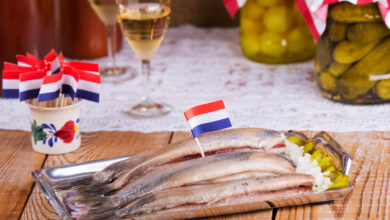
What are kruidnoten and pepernoten?
If you’ve ever spent time in the Netherlands around the beginning of December, you may have noticed something interesting: the appearance of small, round or square cookies called pepernoten and kruidnoten. These treats are a beloved part of the Dutch holiday tradition surrounding Sinterklaas, a legendary figure similar to Santa Claus who brings gifts to children on the night of December 5th.
Kruidnoten and Pepernoten
Pepernoten and kruidnoten are both types of spice cookies. But there are some differences between them. Pepernoten are slightly larger and softer, with a chewy texture and a rich, warm flavor. They are made with a mixture of spices that typically includes cinnamon, nutmeg, cloves and ginger, as well as flour, sugar and butter. Kruidnoten are smaller and more crispy, with a crunchy texture and a more intense spice flavor. They are also made with a similar blend of spices, but are often made with a mixture of rye and wheat flour, which gives them their distinctive crunch.
Sinterklaas, December 5th
Both pepernoten and kruidnoten are traditionally eaten during the Sinterklaas celebration, which typically lasts from late November until December 5th. They are often served alongside hot chocolate or speculaas, another type of Dutch spice cookie. Both pepernoten and kruidnoten are a popular snack for both children and adults.
Let’s try them out!
Despite the whole controversy surrounding the Zwarte Piet tradition, pepernoten and kruidnoten remain an important part of Dutch culture and holiday celebrations. They are a delicious and comforting treat that are perfect for snacking on during the cold winter months. Their rich history and traditions make them even more special. So if you ever find yourself in the Netherlands during the Sinterklaas season, be sure to indulge in some pepernoten and kruidnoten – your taste buds (and your cultural education) will thank you!



